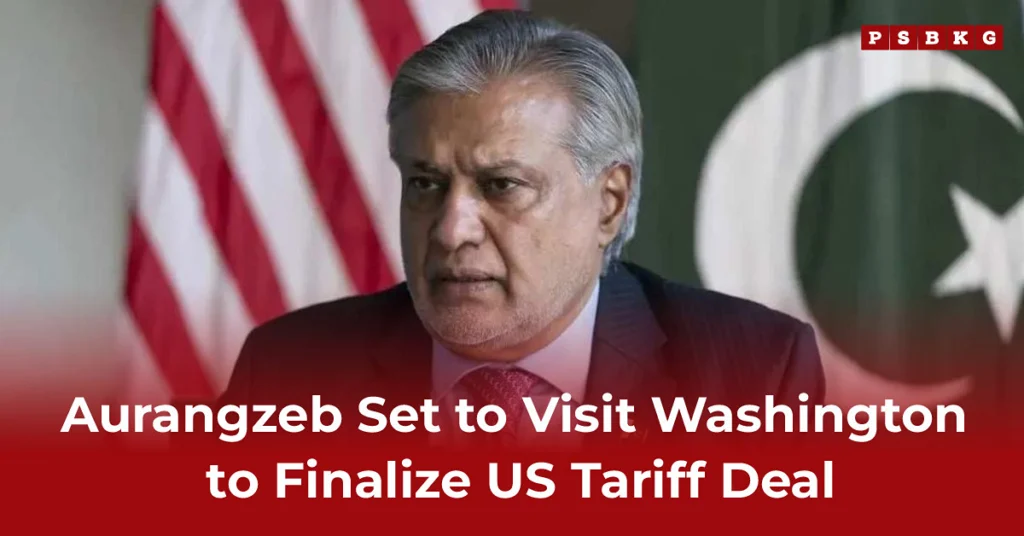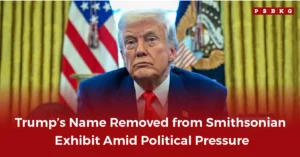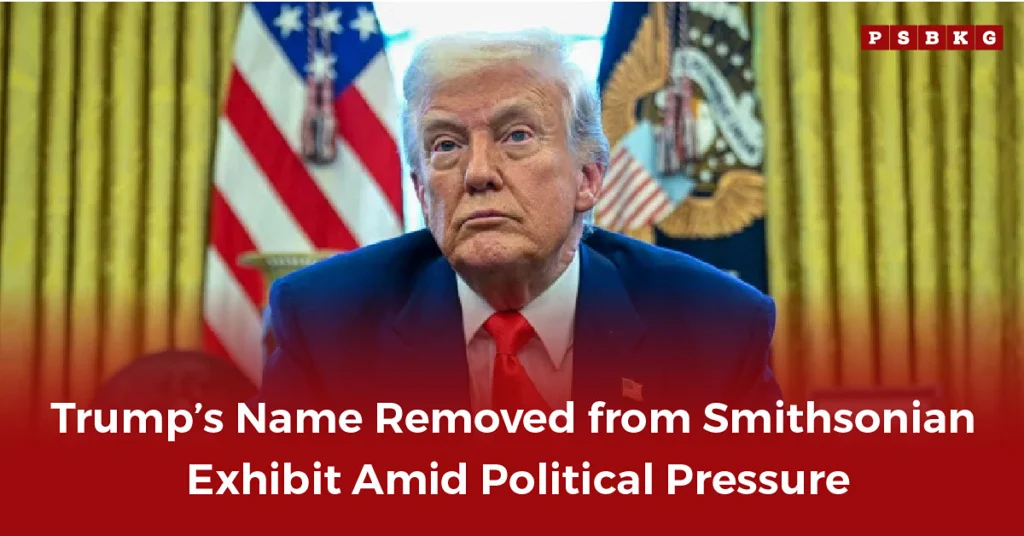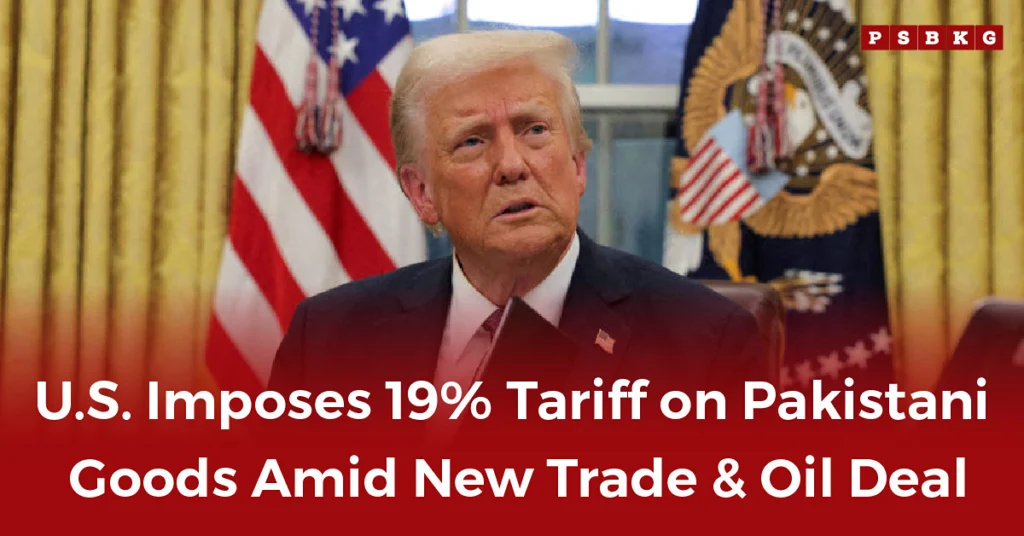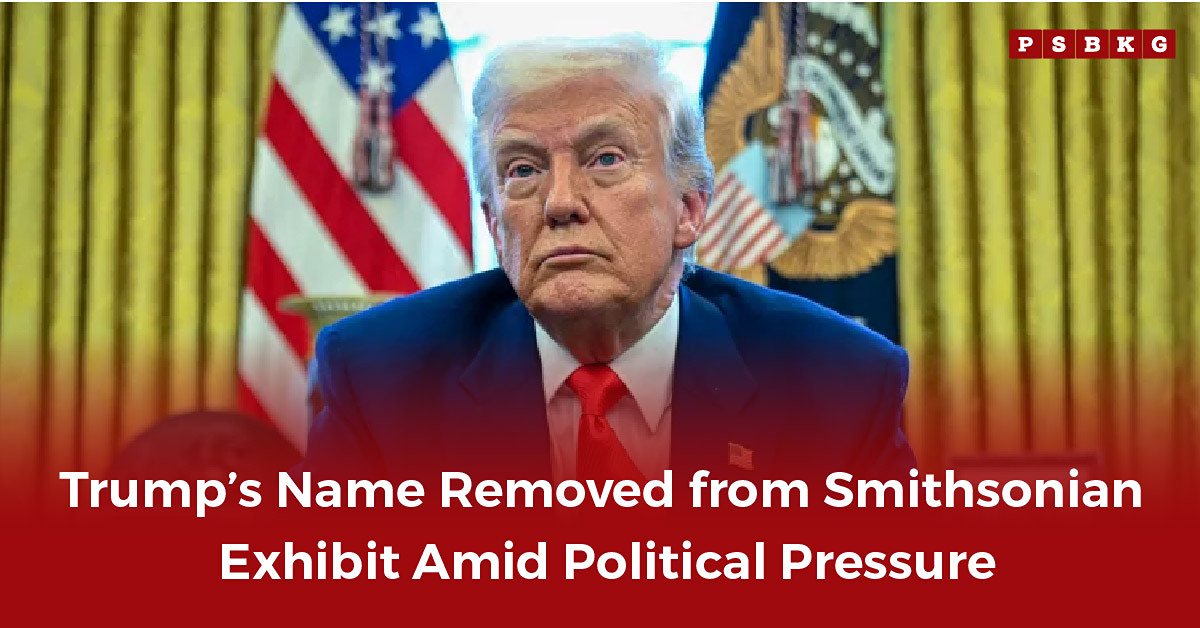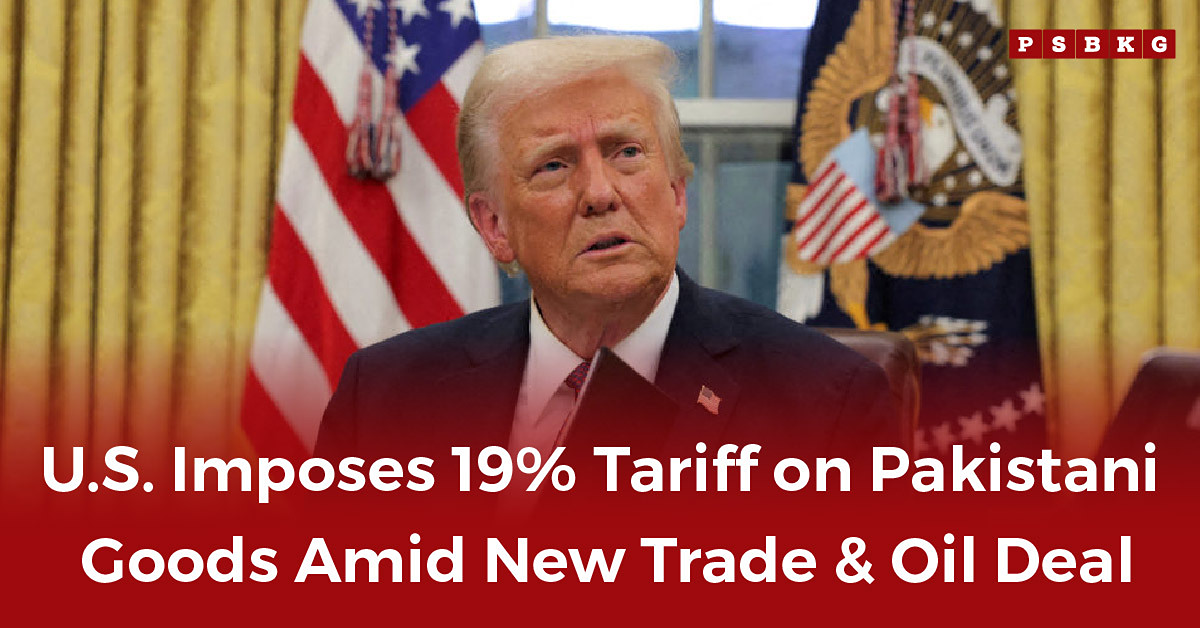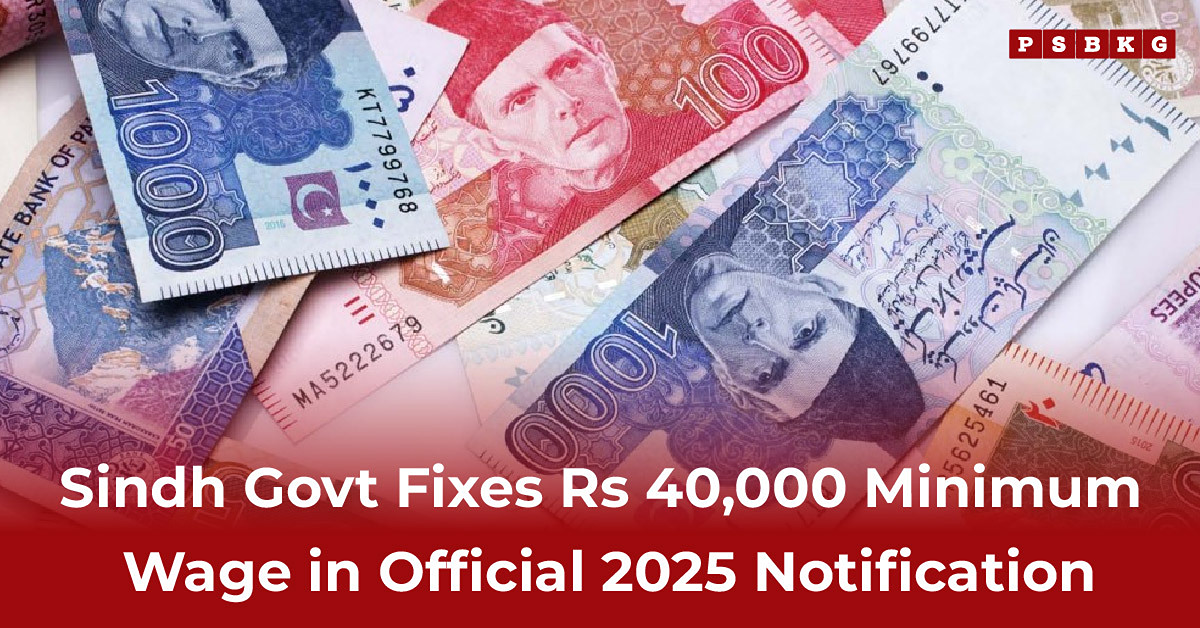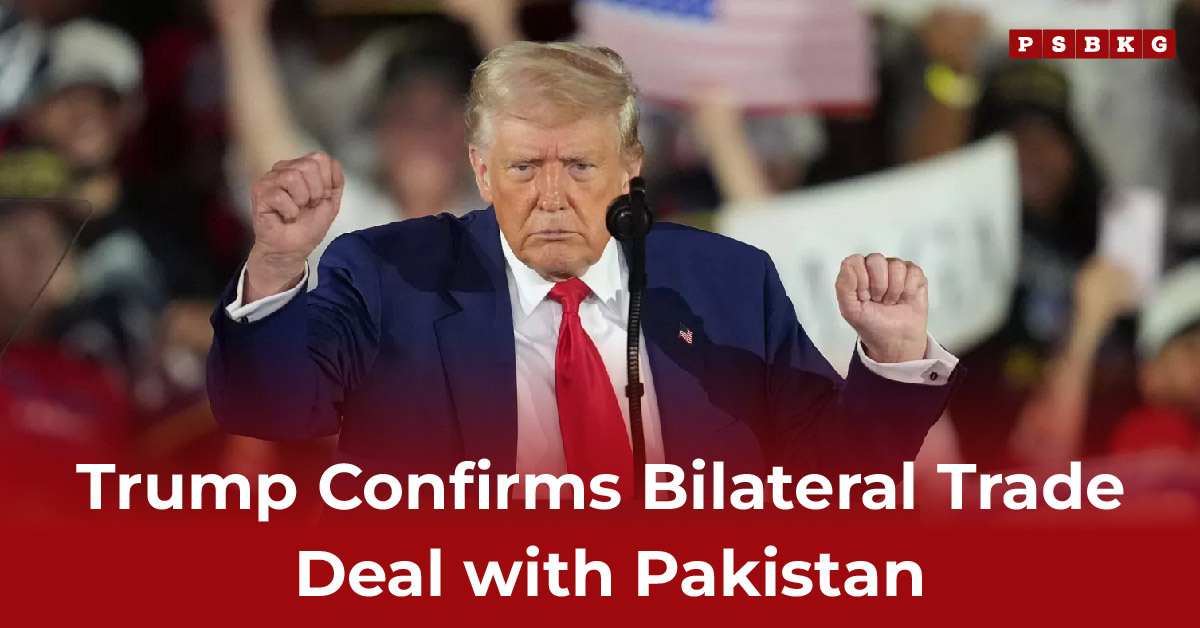Pakistan US Trade Talks Are Nearing a Turning Point
The Pakistan US tariff deal is entering its most critical phase. Foreign Minister Ishaq Dar recently described his meeting with US Secretary of State Marco Rubio in New York as “very constructive.” Trade was the focus, but the talks also touched on regional dynamics and broader global concerns. Now, Finance Minister Muhammad Aurangzeb is on his way to Washington to wrap up what could be one of the most important trade agreements for Pakistan in recent years. It may sound like just another meeting, but the stakes are high. The Pakistan US tariff deal aims to prevent a wave of increased duties on Pakistani exports. Initially expected to come into effect last month, the tariff hike was delayed. But the new deadline, August 1, 2025, is fast approaching. Missing it could lead to steep reciprocal tariffs from the US.
What Dar Said in New York
In a press briefing held on July 29, Dar said he had spoken to Rubio earlier by phone, and those conversations transitioned into deeper trade discussions. He noted that Pakistan is “very close” to finalizing the agreement. Though there’s no firm timeline from Washington, the momentum is clearly building. He described the overall visit as successful. In addition to tariffs, bilateral talks on the sidelines of UN events included relations with India, water security, national debt, and mineral resources. Still, the tariff deal with the US remained the centerpiece of the discussion.
Aurangzeb Heads Back to Washington
Just hours after Dar’s statement, Finance Minister Aurangzeb departed for Washington. This visit follows another earlier this month, when he met US Commerce Secretary Howard Lutnick and Trade Representative Jamieson Greer. That round of discussions was also labeled “very constructive. Now, Aurangzeb is expected to conclude the negotiation process and possibly sign a reciprocal trade arrangement. The final round of the Pakistan US tariff deal talks could result in a formal announcement once he arrives.
Why This Deal Matters for Pakistan
The United States is Pakistan’s largest export destination, accounting for around $5 billion annually. Under previous US policy, a 29% tariff on key Pakistani exports, especially textiles, was on the horizon. Without this deal, those tariffs could automatically snap into place come August. But the talks are not just about protecting current trade. Both sides are exploring new economic areas. Aurangzeb has pointed to non-traditional sectors such as IT, agriculture, mining, and even cryptocurrency. A successful Pakistan US tariff deal could pave the way for expanded cooperation in these domains, possibly transforming bilateral relations.
Broader Geopolitical Context
Aurangzeb has hinted at growth beyond the usual trade routes. He mentioned areas like information technology, agriculture, mining, even cryptocurrency. If the Pakistan US tariff deal goes through, it might open fresh doors. Not just for exports, but for deeper ties across these modern sectors. It could shift how both countries work together. Dar also voiced concern over India’s behavior regarding the Indus Waters Treaty. He emphasized that Pakistan would not accept any unilateral actions that risk its water rights.
On the home front, Dar highlighted Pakistan’s $130 billion external debt and vast mineral reserves. He said transparent and equitable extraction could boost employment and help manage the country’s economic pressures, key themes woven into the trade discussions.
What to Watch in the Coming Days
Aurangzeb’s arrival in Washington is expected to be the final step before the deal closes. Government sources say a signature, or at least a joint statement, is highly likely. If the Pakistan US tariff deal comes through before August 1, Pakistan could dodge a tough wave of new tariffs. It might even clear the path for new foreign investment. But if the talks break down or hit another delay, it won’t end quietly. Trade could take a hit. Pressure on the economy might grow. And for a country already dealing with shaky finances, things could turn rough fast. For the latest news, all eyes are now on what unfolds in Washington this week.


